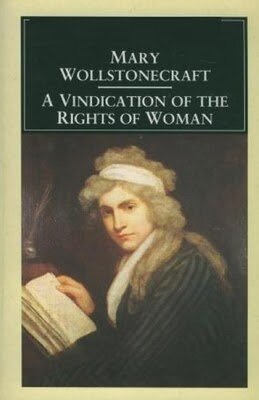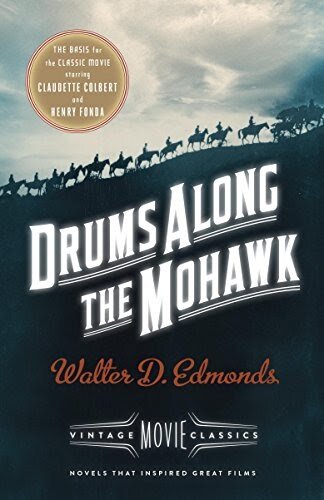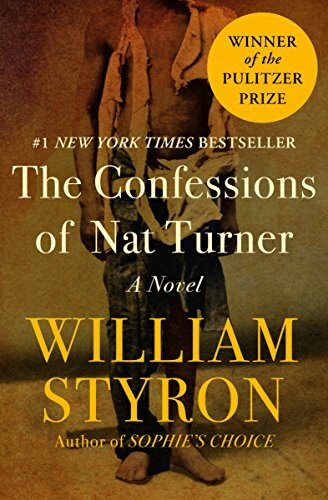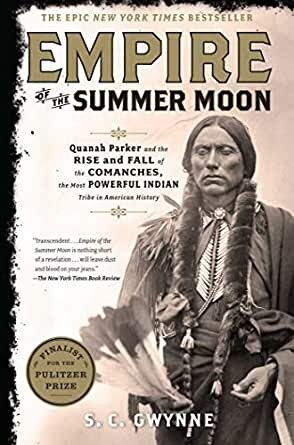An APUSH Reading List to Help You on the Exam
As a seasoned APUSH veteran, I return to the curriculum to help future warriors retain the dreadful flood of American history. Reading fiction proved to be the most effective studying method. Sister Carrie, though not a book you’ll see on the curriculum’s reading list, played a key role in my knowledge of nineteenth century Chicago. During the exam, I connected the railroad workers’ protest with Hurstwood’s involvement in the strike. A period of history I was never particularly interested in, ingrained in my memory, thanks to character development and the beautiful language of Theodore Dresier.
Below you’ll find a long and diverse list of fictional (and a sprinkling of historically significant novels you will find in the curriculum) works to read during your year(s) of AP US History. These works either belong to or are reminiscent of their respective time periods.
Period One: 1491–1607
A Short Account of the Destruction of the Indies
Bartolomé de las Casas
Waterlily
Ella Cara Deloria
The Heirs of Columbus
Gerald Vizenor
Period Two: 1607–1754
The Witch of Blackbird Pond
Elizabeth George Speare
Beheld
TaraShea Nesbit
Poor Richard’s Almanac
Benjamin Franklin
Period Three: 1754–1800
A Vindication of the Rights of Woman: With Strictures on Political and Moral Subjects
Mary Wollstonecraft
Drums Along Mohawk
Walter D. Edmonds
The Return of Lono: A Novel of Captain Cook's Last Voyage
O.A. Bushnell
Period Four: 1800–1848
The Confessions of Nat Turner
William Styron
Empire of the Summer Moon
S. C. Gwynne
Twelve Years a Slave
Solomon Northup
Period Five: 1844–1877
Uncle Tom’s Cabin
Harriet Beecher Stowe
How Much of These Hills is Gold
C. Pam Zhang
Walden
Henry David Thoreau
Period Six: 1865–1898
Sister Carrie
Theodore Dreiser
My Ántonia
Willa Cather
Hawai‘i’s Story by Hawai‘i’s Queen
Liliuokalani
Period Seven: 1890–1945
The Jungle
Upton Sinclair
The Great Gatsby
Scott Fit
I Know Why The Caged Bird Sings
Maya Angelou
Period Eight: 1945–1980
Fear and Loathing in Las Vegas
Hunter S. Thompson
The Joy Luck Club
Amy Tan
Saturday Night at the Pāhala Theatre
Lois Ann Yamanaka
Period Nine: 1980–Present
The Hate U Give
Angie Thomas
Blonde Indian
Ernestine Hayes
Woman Hollering Creek and Other Stories
Sandra Cisneros



























